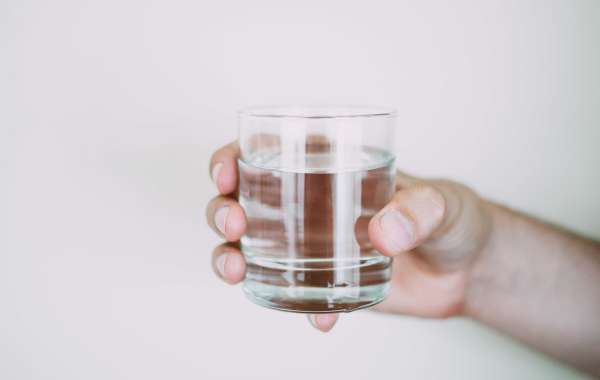You may have noticed a lot of talk recently about CBD. It’s a hot property that is growing in popularity and acceptance throughout the U.S. Some consider it to be a miracle remedy that alleviates pain. It comes in a variety of forms, but one of the most intriguing is also the simplest: water! We’ll look at what CBD is, what it does, and how it can be effectively delivered through water.
What is CBD?
CBD is shorthand for cannabidiol and is derived from the cannabis plant. There is some confusion among the general public because of this. Some people believe this means it is a form of marijuana. While marijuana is derived from cannabis, forms of cannabis like CBD water do not include tetrahydrocannabinol, or THC. The absence of THC makes CBD non-psychoactive, as opposed to marijuana which has a hallucinatory effect on the mind. This makes it legal at the federal level, though some states still regulate its use.
Uses and Effects
Proponents of CBD generally reference its efficacy in two major areas: pain relief and anxiety relief. Chronic pain is a major issue that affects people of all ages, whether due to injury, ailment, or that body’s natural aging process. People who are recovering from surgery or accidents are often prescribed opioid-derived painkillers, as are some people who suffer from chronic muscle or joint issues. The country is in an opioid epidemic due to the prevalent misuse and abuse of these highly-addictive medications. Some patients become hooked on them, leading them down a destructive path. Others sell their pills on the black market.
CBD, on the other hand, offers a non-addictive treatment of many of the same symptoms for people who suffer from pain. It has also been shown to be effective in mitigating feelings of stress and anxiety in people who are prone to these conditions.
CBD has recently become available in many common forms. Some enthusiasts prefer CBD oil, in which drops are placed on the tongue or skin like other essential oils. Others prefer it in ingestible pill form. Vaporization is also an option, but some of the science and medical risks are still up for debate.
How it Works
Let’s take a moment to look at the science behind why CBD works. The body naturally produces some cannabinoids, which become attached to its CB1 and CB2 receptors. Most of those receptors are in the brain, though others are found throughout the body. CB1 receptors respond to THC, but CB2 receptors seem to respond to CBD. Predominantly, though, CBD stimulates the production of the body’s natural cannabinoids.
Water
Now that we understand what CBD is, how it can be used and benefit people who take it, and how it works, let’s look specifically at CBD water. Rather than take a pill, breathe in through a vaporizer, or absorb through the skin, people who feel they could stand to gain by using CBD might consider killing two birds with one stone and ingesting it as part of their daily recommended water intake. CBD water is an effective way to get the cannabidiol into the body’s system, as it only takes around 15 milligrams a day to produce results. CBD water typically comes in 16-ounce servings with 5 milligrams of CBD included in each. So, let’s do the math. If you take in the daily recommended amount of 64 ounces of water each day, you need to drink four 16-ounce servings of water. That means you need three of those servings to contain 5 milligrams of CBD to be effective, assuming you drink 16 other ounces of tap, bottled, or purified water elsewhere throughout your day.
The benefits of CBD to fight chronic pain in the joints and muscles are well documented, and the fact that it offers no side effects when compared to drugs that are used to treat anxiety and depression is very appealing. In a country where many good people fall prey to addictive opioids that come with a string on unintended consequences to treat pain, CBD in an innocuous alternative worth exploring. And since we all know that staying hydrated is a key to a healthy body, CBD water is a great way to combine those efforts into a potentially better life.








